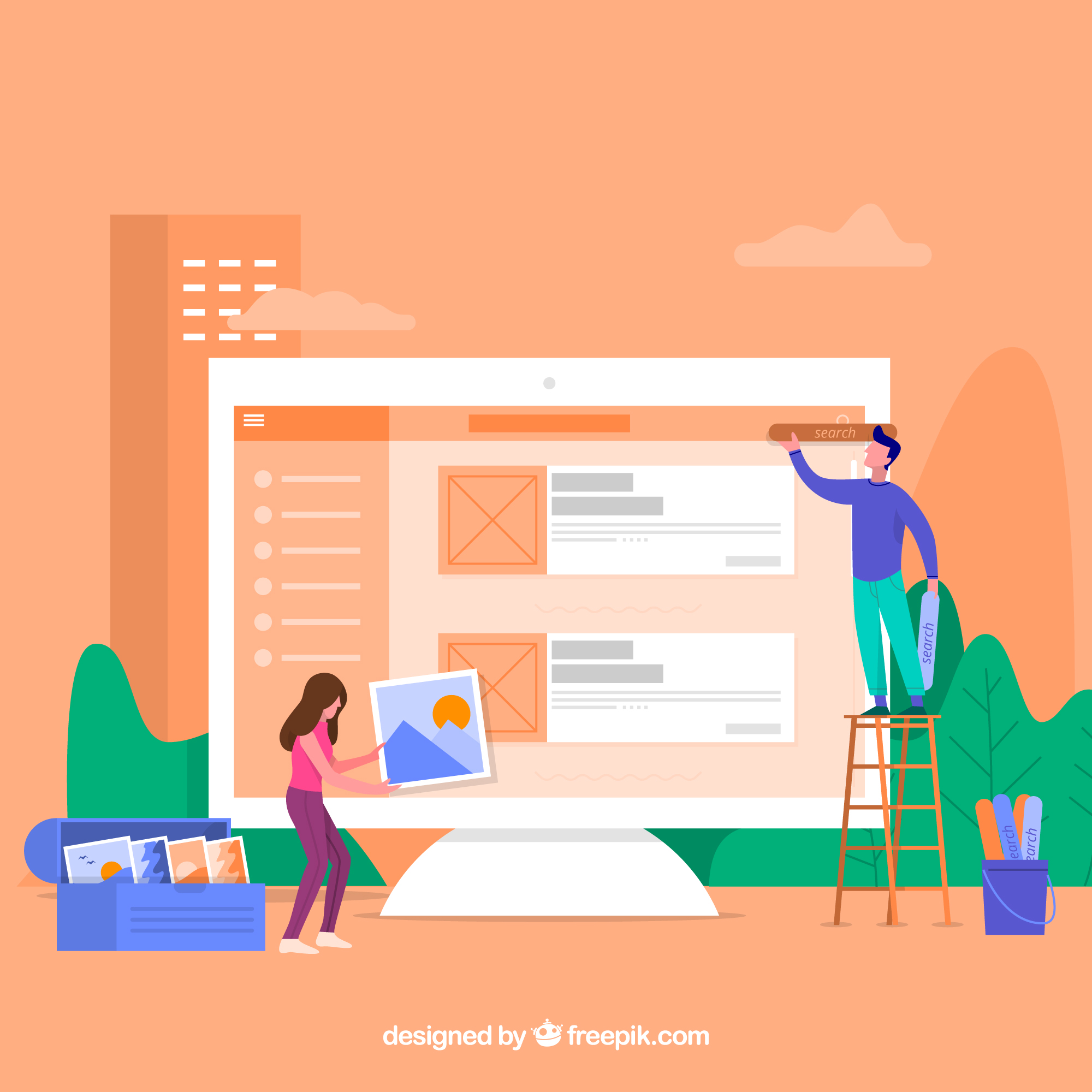Subtotal $0.00
Tips for Designing a User-Friendly Website
As a local website designer, I’ve had the privilege of working with businesses of all sizes to create websites that not only look great but also provide an exceptional user experience. In this blog post, I’ll share some of the key tips and strategies I’ve learned over the years to help you design a user-friendly website that will engage your audience and drive results.
Prioritize Intuitive Navigation
One of the most important aspects of a user-friendly website is intuitive navigation. Your visitors should be able to easily find the information they’re looking for without having to search through a maze of menus and subpages. To achieve this, start by organizing your content in a logical and hierarchical structure. Group related pages together and use clear, descriptive labels for your navigation menu items. Consider using a sticky or fixed navigation bar that stays visible as the user scrolls, making it easy to access the main sections of your site at any time. Additionally, make sure your website’s search functionality is prominent and easy to use. This can be especially helpful for larger sites with a lot of content.
Optimize for Mobile Devices
In today’s digital landscape, a significant portion of your website’s traffic will likely come from mobile devices. As such, it’s crucial to ensure your website is optimized for a seamless mobile experience. This means designing a responsive layout that adapts to different screen sizes and resolutions, with content and elements that are easy to read and interact with on a smaller screen. Avoid using tiny text or cramped layouts that force users to pinch and zoom to navigate your site. Consider implementing features like mobile-friendly forms, click-to-call buttons, and streamlined navigation menus to enhance the mobile user experience. Additionally, make sure your website loads quickly on mobile devices, as slow loading times can be a major deterrent for users.
Prioritize Accessibility
Accessibility is an often-overlooked aspect of user-friendly web design, but it’s essential for ensuring your website is inclusive and welcoming to all users, regardless of their abilities or disabilities. Incorporate features like alt text for images, clear and descriptive headings, and keyboard-navigable interfaces to make your website accessible to users with visual, auditory, or motor impairments. Additionally, consider implementing WCAG (Web Content Accessibility Guidelines) standards to ensure your website meets industry-recognized accessibility best practices. By prioritizing accessibility, you’ll not only improve the user experience for those with disabilities, but you’ll also create a more inclusive and engaging website for all your visitors.
Optimize for Readability and Scanability
In the digital age, users often skim and scan content rather than reading it word-for-word. To cater to this behavior, it’s important to design your website with readability and scanability in mind. Use clear, concise language and break up your content into easily digestible sections with informative headings and subheadings. Incorporate visual elements like images, infographics, and bullet points to help break up the text and make it more engaging. Additionally, consider the typography and layout of your website. Choose a clean, easy-to-read font and ensure that the text has sufficient contrast against the background. Avoid cramming too much information onto a single page, and use generous amounts of white space to create a sense of balance and clarity.
Prioritize User Feedback and Testing
Ultimately, the true measure of a user-friendly website is how your visitors interact with and experience it. That’s why it’s essential to gather feedback and conduct user testing throughout the design and development process. Implement features that allow users to easily provide feedback, such as contact forms, surveys, or live chat. Pay attention to any recurring issues or pain points, and use this information to inform your design decisions and iterative improvements. Additionally, consider conducting usability testing with a representative sample of your target audience. This can involve tasks like navigating the website, completing specific actions, or providing feedback on the overall user experience. Use the insights gained from these tests to refine your design and ensure it meets the needs and expectations of your users.
Maintain Consistency and Branding
Consistency is key when it comes to creating a user-friendly website. Your visitors should be able to navigate your site with ease, knowing that the layout, design, and overall branding elements will be consistent across all pages. Establish a clear visual identity for your website, including a consistent color scheme, typography, and imagery. Ensure that your branding elements are applied consistently throughout the site, from the header and footer to the individual page layouts. Additionally, consider the overall tone and voice of your website’s content. Maintain a consistent tone that aligns with your brand’s personality and resonates with your target audience. By maintaining consistency and branding, you’ll create a cohesive and recognizable user experience that builds trust and familiarity with your visitors.
Conclusion
Designing a user-friendly website is an ongoing process that requires a deep understanding of your target audience, a commitment to continuous improvement, and a keen eye for detail. By incorporating the tips and strategies outlined in this blog post, you can create a website that not only looks great but also provides an exceptional user experience that keeps your visitors engaged and coming back. As a local website designer, I’m passionate about helping businesses in our community create websites that truly connect with their audience. If you’re looking to design a user-friendly website for your business, I’d be happy to discuss your goals and explore how we can work together to bring your vision to life.



Comments are closed